Human menopausal gonadotropin (hMG) is a hormonally active drug for the treatment of fertility disorders in men and women. It is a mixture of gonadotropins, follicle stimulating hormone (FSH), and luteinizing hormone (LH).
Mechanism of action
Once injected, HMG is absorbed through muscle tissue, where it is then released into the body. Because HMG can be used regularly to increase testosterone production within the body, it has become very popular among anti-aging clinics and biotech companies.
HMG differs from HCG: since HCG is a molecule that binds mainly to the LH receptors (Leydig cells) and very little to the FSH receptor (Sertoli cells), while HMG binds more naturally to both LH and FSH receptors.
HCG increases intratesticular testosterone, while HMG also promotes sperm differentiation and maturation.
HMG contains FSH, which has a significant effect on sperm production, testicular size, libido and mood. Furthermore, lack of FSH signaling is implicated in the development of affective disorders.
HMG is mainly excreted through the kidneys. The pharmacokinetics of HMG in patients with renal or hepatic impairment have not been studied.
Purpose of use
It was developed for the treatment of female infertility, but is also used by men during hormone replacement therapy. In fact, HMG has been used extensively in the bodybuilding world to significantly improve post-cycle treatment. During the cycle, HCG is used as a source of luteinizing hormone (LH) bioactivity to stimulate the secretion of testosterone by Leydig cells to support their activity and prevent atrophy, while HMG is used as source of FSH to stimulate Sertoli cells and preserve them.
During the anabolic steroid cycle, it is extremely important to preserve testicular activity, avoid complete final atrophy, and preserve the steroidogenesis cascade, which produces dozens of collateral hormones and compounds that play an important role in both mental and somatic well-being. Thus HMG provides complete stimulation of testicular activity during the cycle or during the PCT. Studies have shown that HMG in combination with HCG restores fertility even after long steroid cycles and during TRT. A recent meta-analysis demonstrated that post-cycle recovery is superior when hCG is combined with HMG.
How to use
Treatment with HMG should be initiated under the supervision of a doctor experienced in the treatment of fertility problems. There are large interindividual variations in the response of the ovaries to exogenous gonadotropins. This makes it impossible to establish a uniform dosing schedule. The dosage should therefore be individually adjusted based on ovarian response. HMG can be administered alone or in combination with a GnRH agonist or antagonist. Dosage and treatment duration recommendations may change depending on current treatment protocols:
To preserve fertility and testicular activity it is necessary to use HMG for cycles longer than 10 weeks. Ideally, it should be used from the first week, to avoid any atrophy of the testicles. Most often, prevention of testicular atrophy begins within 3-4 weeks of the steroid cycle. However, in any case, cycles lasting more than 10 weeks result in a complete loss of testicular function and it is necessary to start treatment with HCGHMG as soon as possible. In this case, the protocol is: HMG at 75-150 IU 2-3 times/week and/or HCG at 250-500 IU/2-3 times/week.
For people suffering from hypogonadotropic hypogonadism, it is recommended to take up to 5-10 IU per day for several months.
Athletes looking for a way to improve their performance can take up to 10 IU per day. On training days, you can take additional 5 IU doses 30 minutes before starting your workout.
In a case of severe anabolic steroid-induced azoospermia with human chorionic gonadotropin and human menopausal gonadotropin, the protocol consists of twice weekly injections of 10,000 IU of HCG and daily injections of 75 IU of HMG for 3 months. It is important not to use too much because it can lead to overstimulation of the Leydig cells.
How to prepare a solution
To prepare an injectable solution, you take a syringe already containing a diluent and inject it into a vial containing a lyophilized powder. Tilt the vial so that the needle touches the wall of the vial. Avoid injecting the diluent directly into the lyophilized powder. The solvent should flow slowly down the wall of the bottle (don’t fill it all at once and take your time). Once all the diluent has been added to the peptide vial, mix gently (but do not shake or shake the vial) until the lyophilized powder has dissolved and you have a clear liquid. Now the drug is ready for use.
Never mix one peptide with another in the same syringe. This creates the risk that the fragile peptide molecules will be destroyed.
Application
- The injection can be subcutaneous, intramuscular, depending on personal preferences.
Effects
- Increased endogenous testosterone levels
- Increased sperm production
- Increased libido and mood
- Restoring fertility
- Preservation of testicular activity during the cycle
- The possibility of restoring your own testosterone production and fertility after steroid abuse
Side effects
- Abdominal pain
- Shortness of breath
- Breast swelling
- Tender breasts
- Nausea
- Weight gain
- Swelling of the hands and feet
- Mild skin rash
- Testicular pain
Drug profile
- Half-life: LH (half-life 13.8-1020 min) and FSH (half-life 21.3-1090 min)
- Frequency of intake: once every 3 days
Contraindications
- Hypersensitivity to menotropin or to any of the excipients of Menopur.
- Women who have: Tumors of the pituitary gland or hypothalamus; ovarian, uterine or breast cancer; gynecological hemorrhage of unknown etiology; ovarian cysts or enlarged ovaries not due to polycystic ovary disease.
- In the following situations the outcome of treatment is unlikely to be favorable and therefore HMG should not be administered: Primary ovarian failure; malformations of the sexual organs incompatible with pregnancy; uterine fibroids incompatible with pregnancy.
- Use during pregnancy
- HMG is contraindicated in pregnant women.
- Data on the use of menotropins in pregnant women do not exist or are limited. No animal studies have been carried out to evaluate the effects of Menopur during pregnancy.
- Use during breastfeeding
- HMG is contraindicated in breastfeeding women.
Injections
- Injections could be given subcutaneously and intramuscularly with an insulin syringe.
- Disinfect the rubber cap of the medication and the injection site with alcohol.
- Draw the medicine into a syringe and inject it slowly.
Archiving
- Store protected from light
- Store in the refrigerator (2-8°C)
- Do not freeze
- After reconstitution, the solution can be stored for up to 28 days at temperatures other than >25°C
- After dissolving in the included solvent, the solution should be administered immediately
- Keep out of reach of children
- Do not use after the expiry date

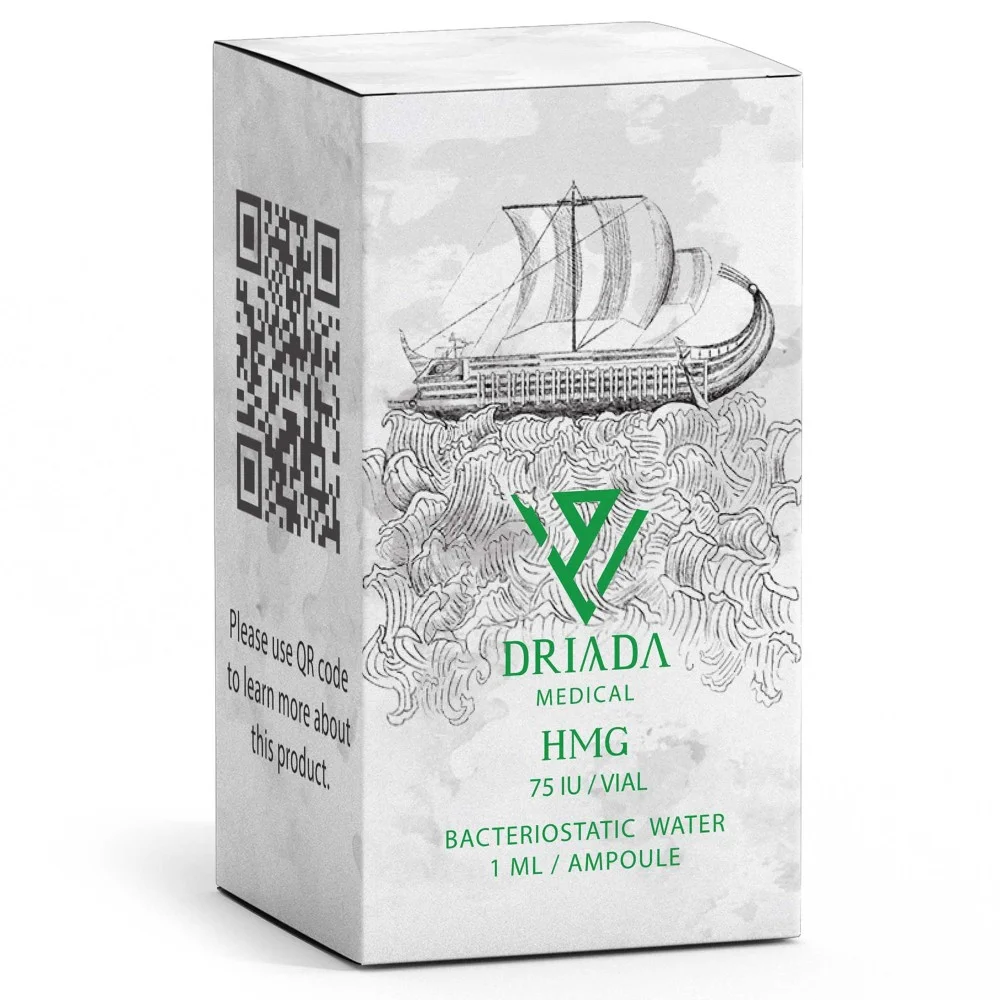
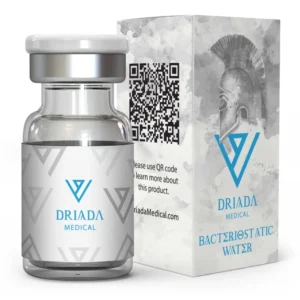
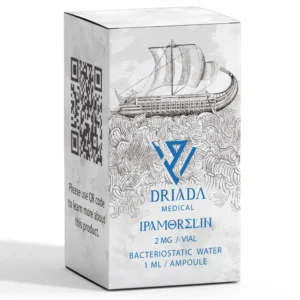
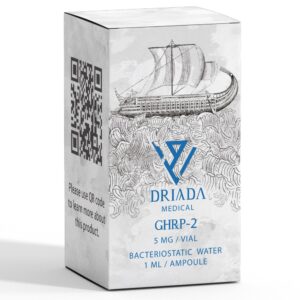
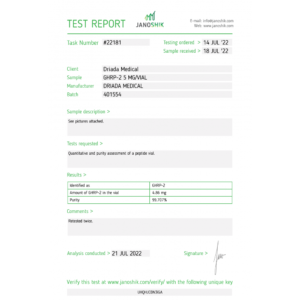
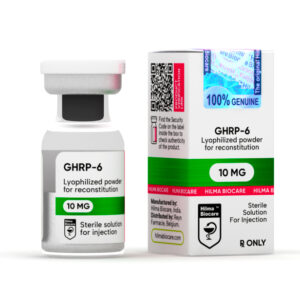
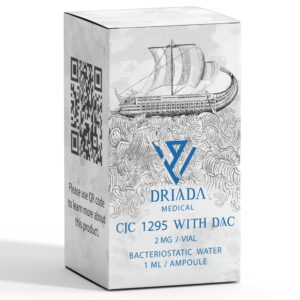
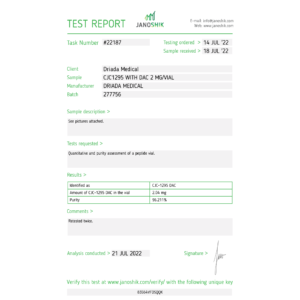





Reviews
There are no reviews yet.